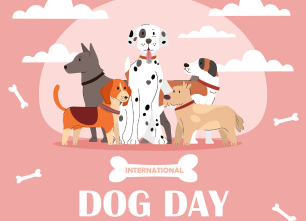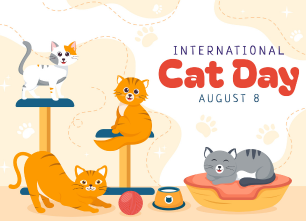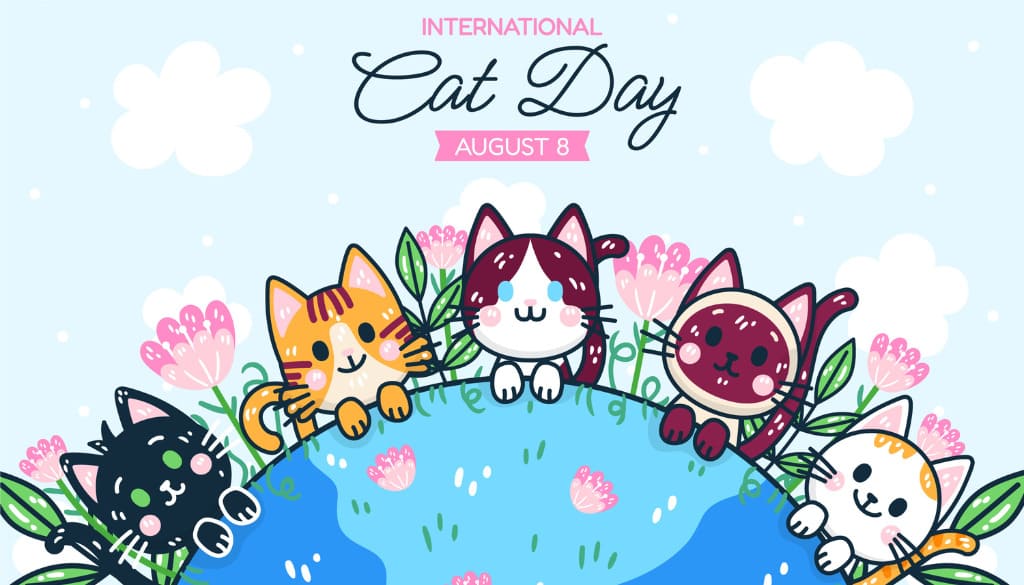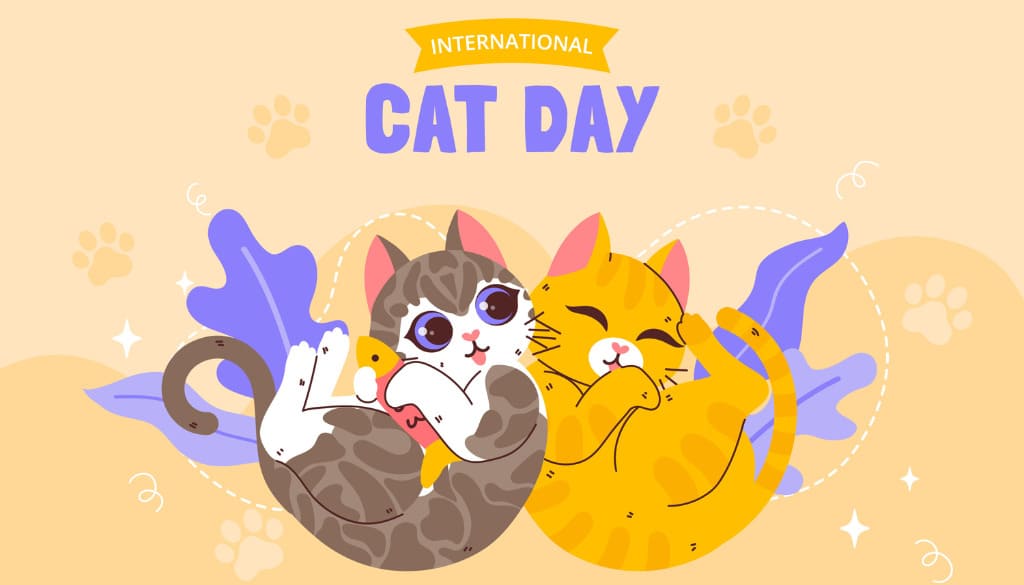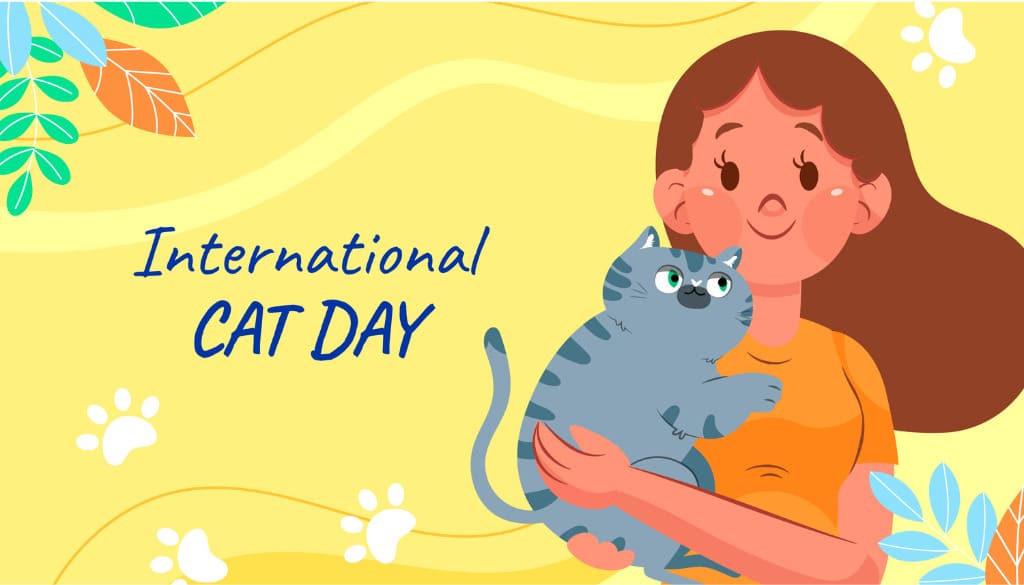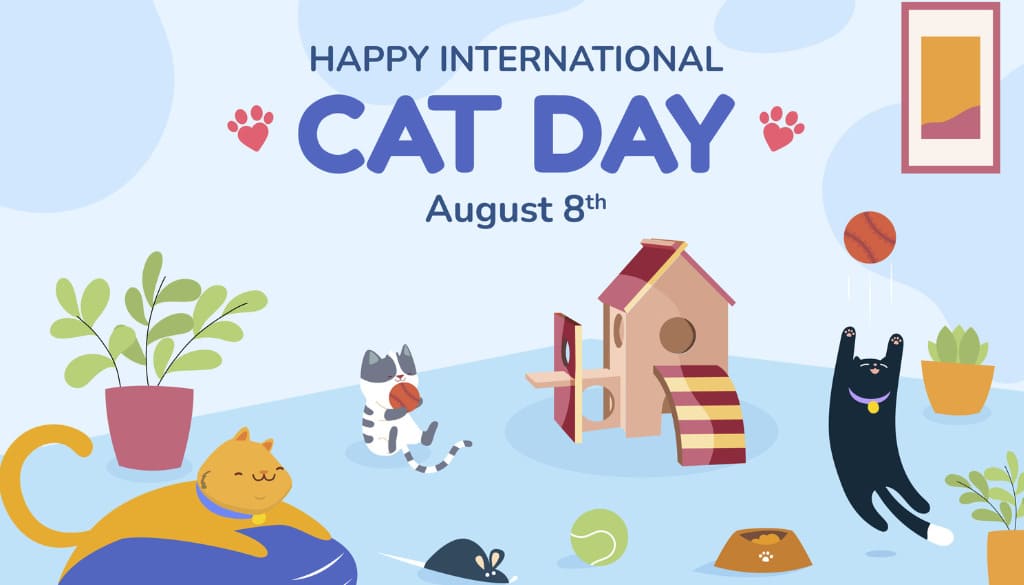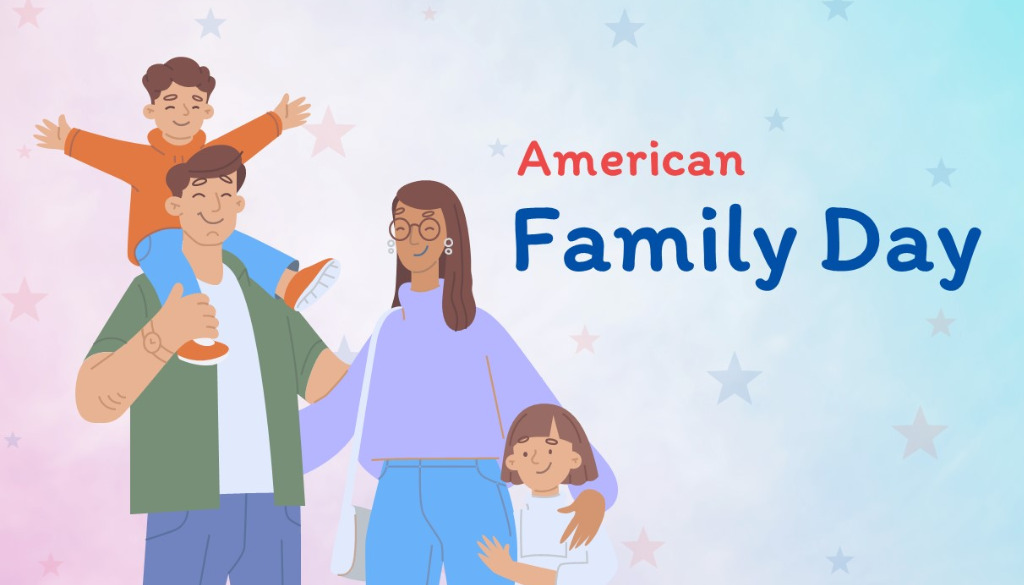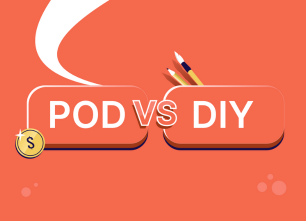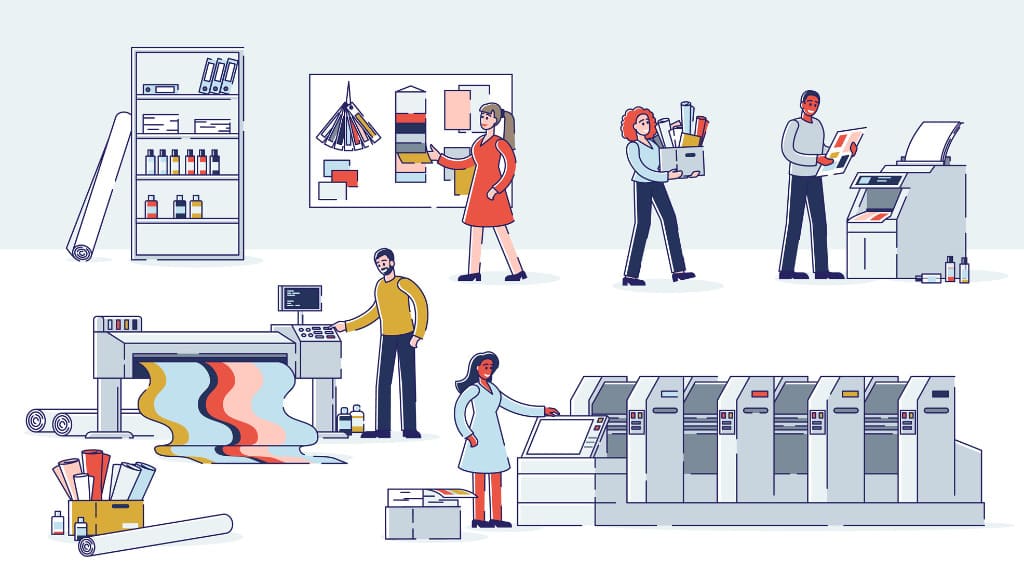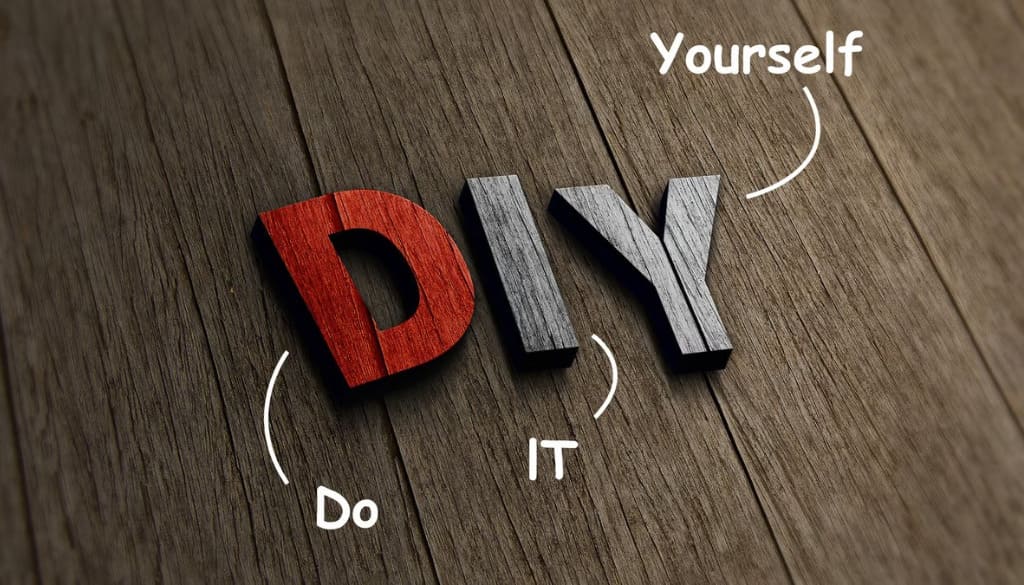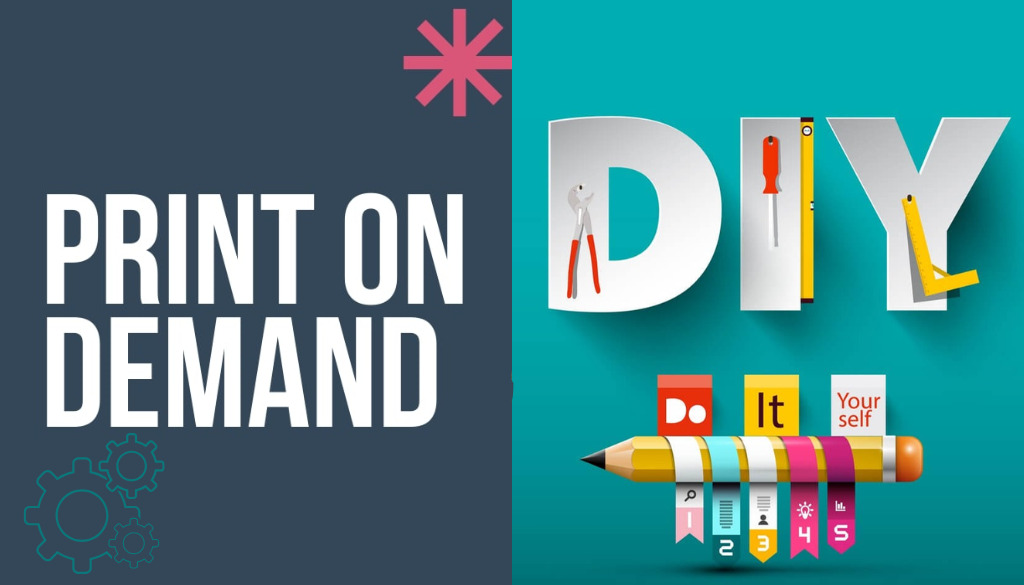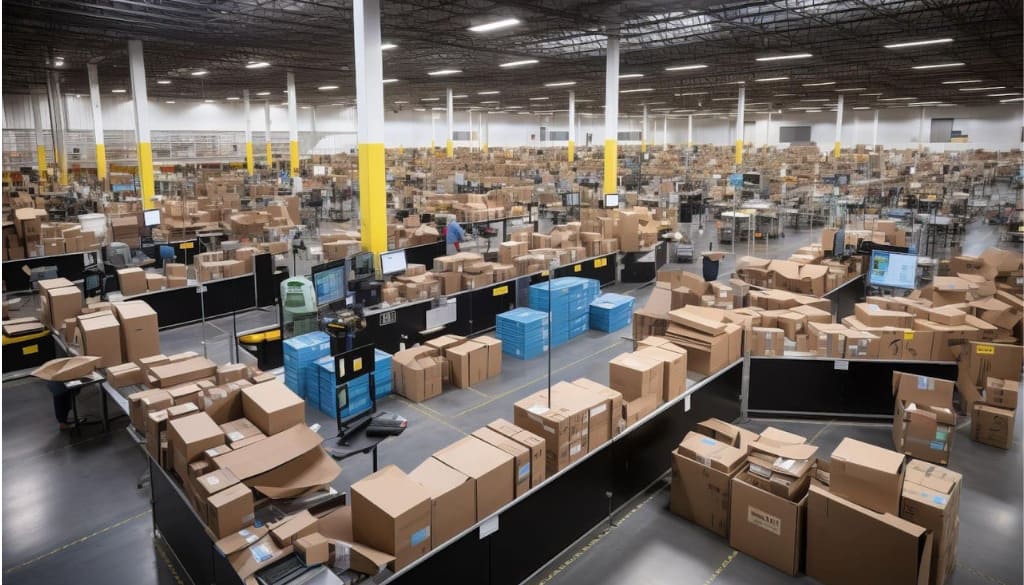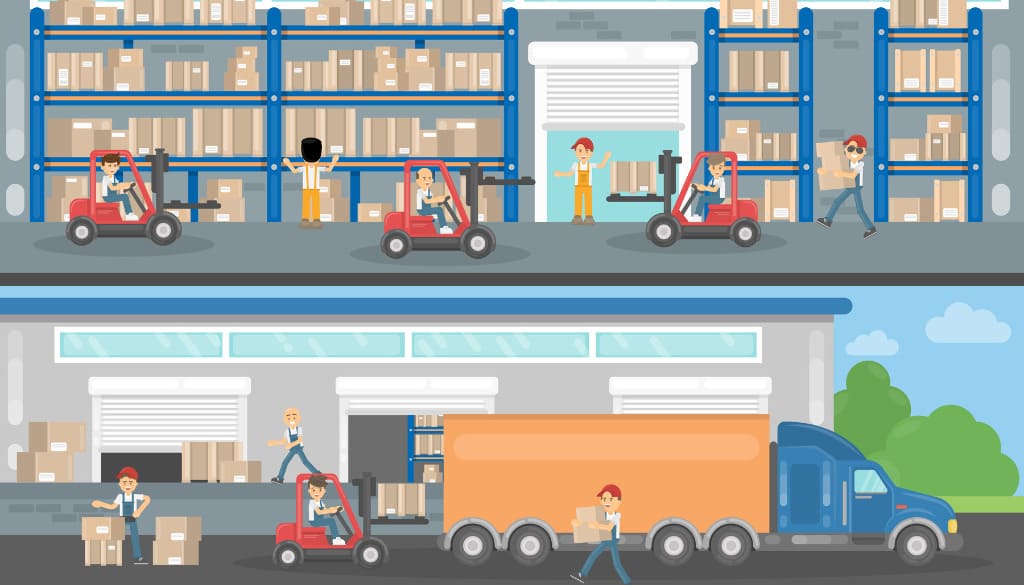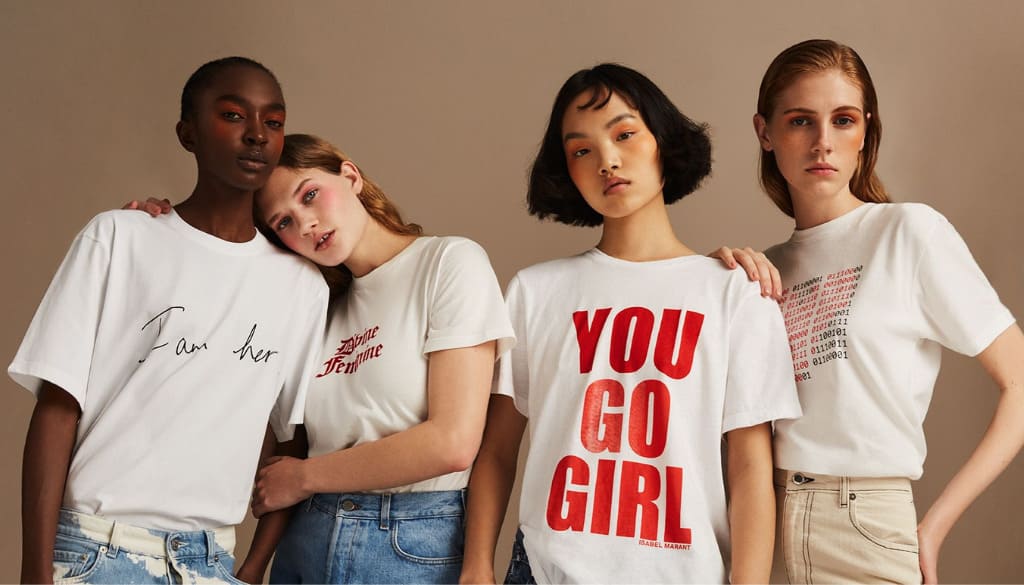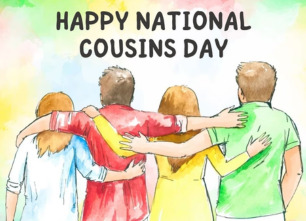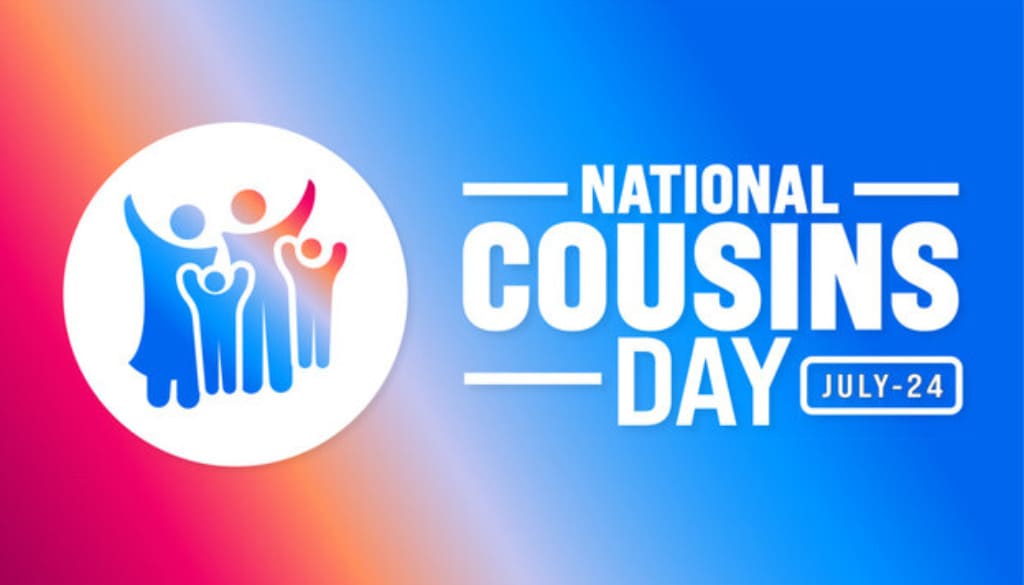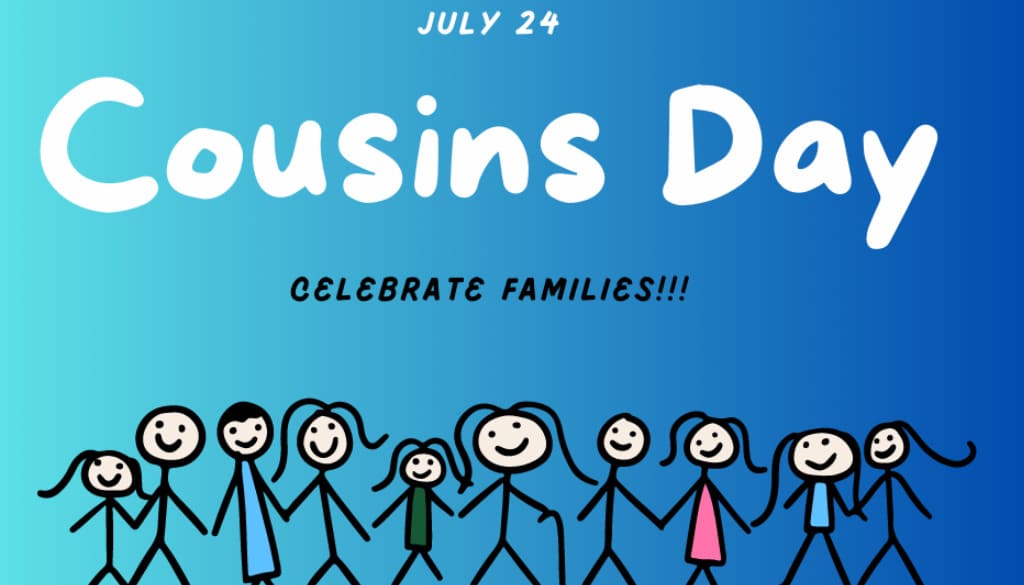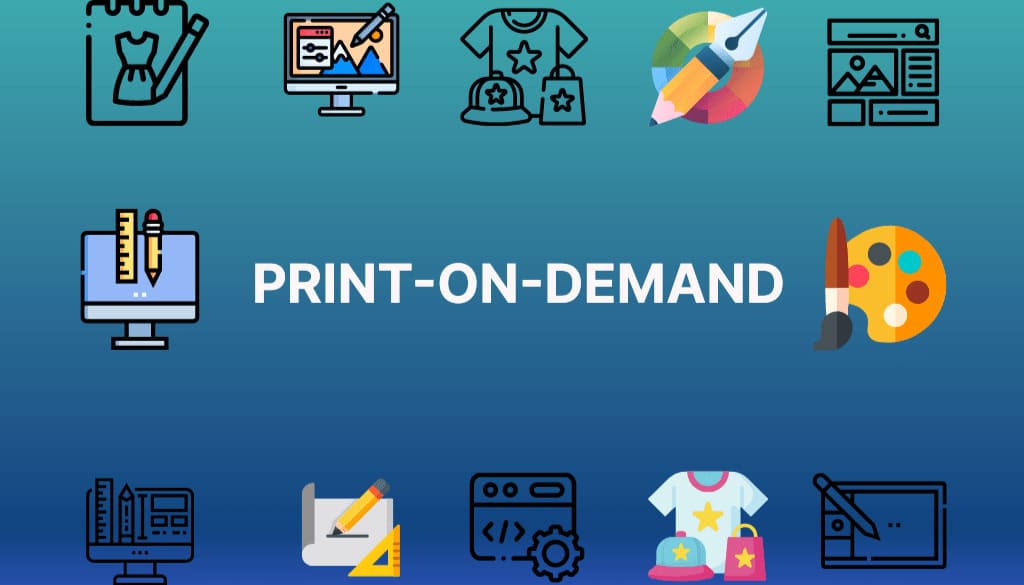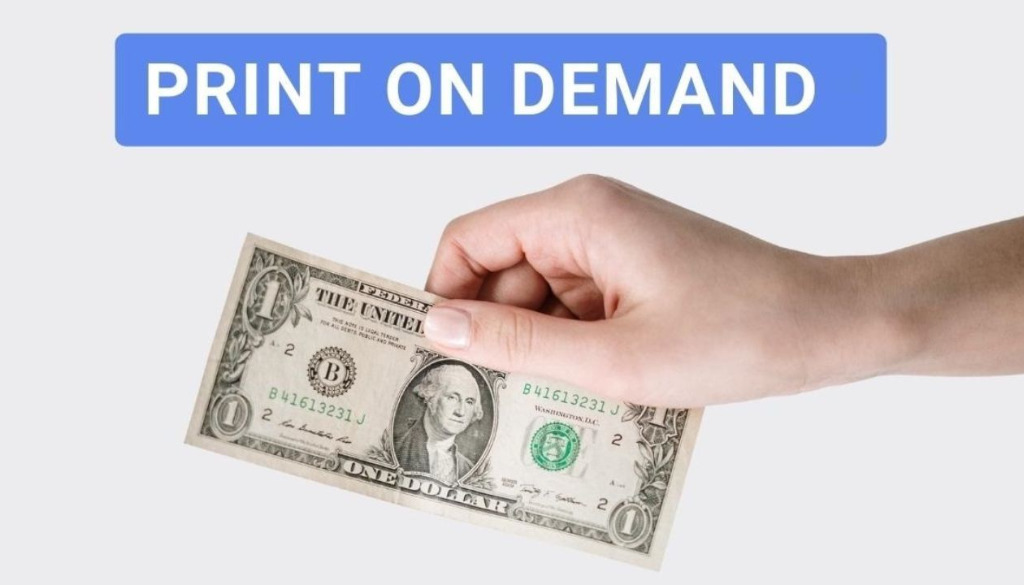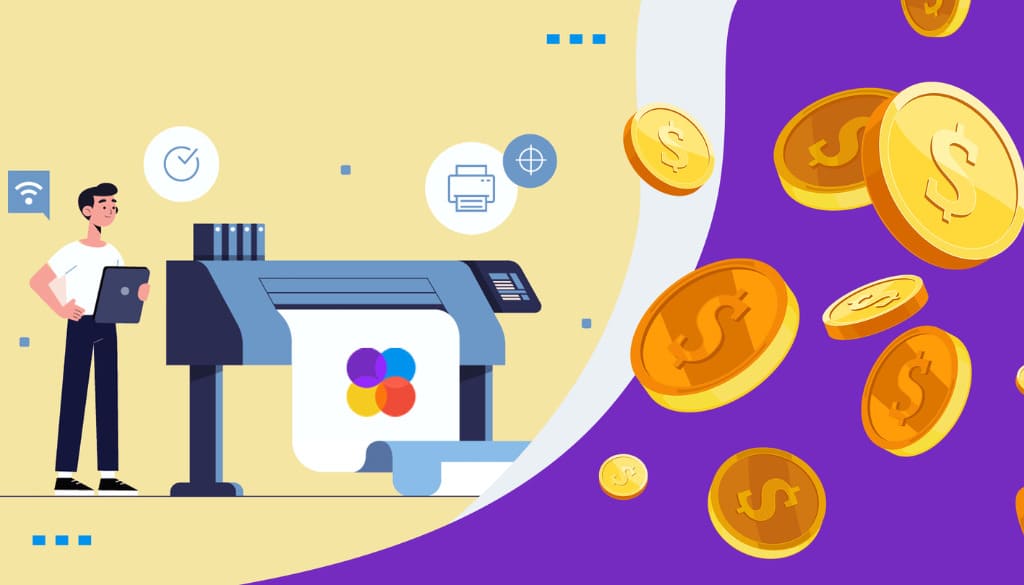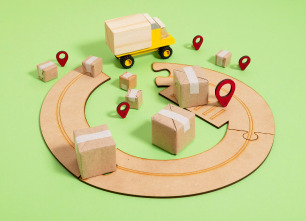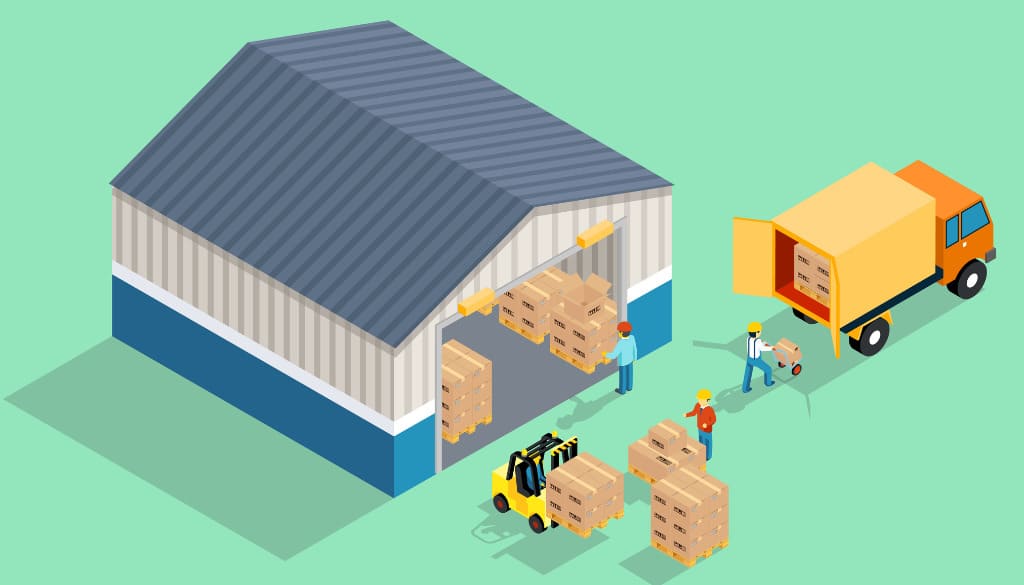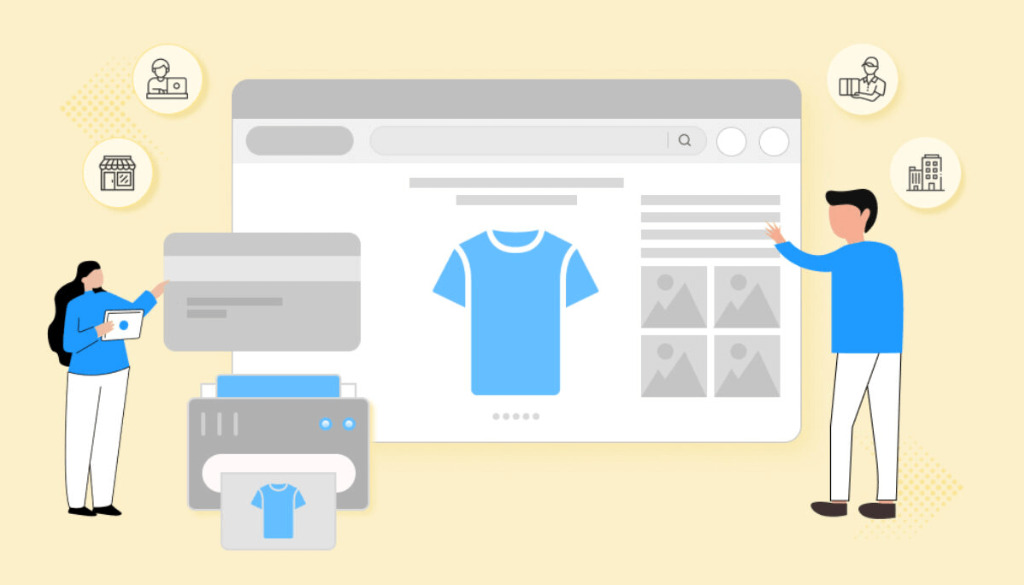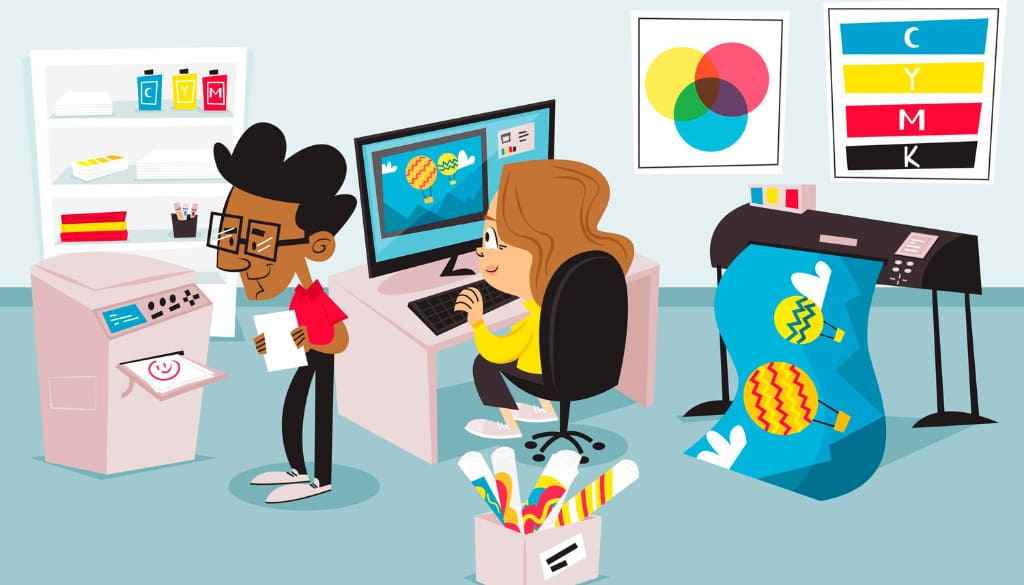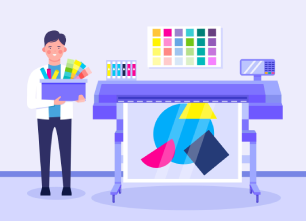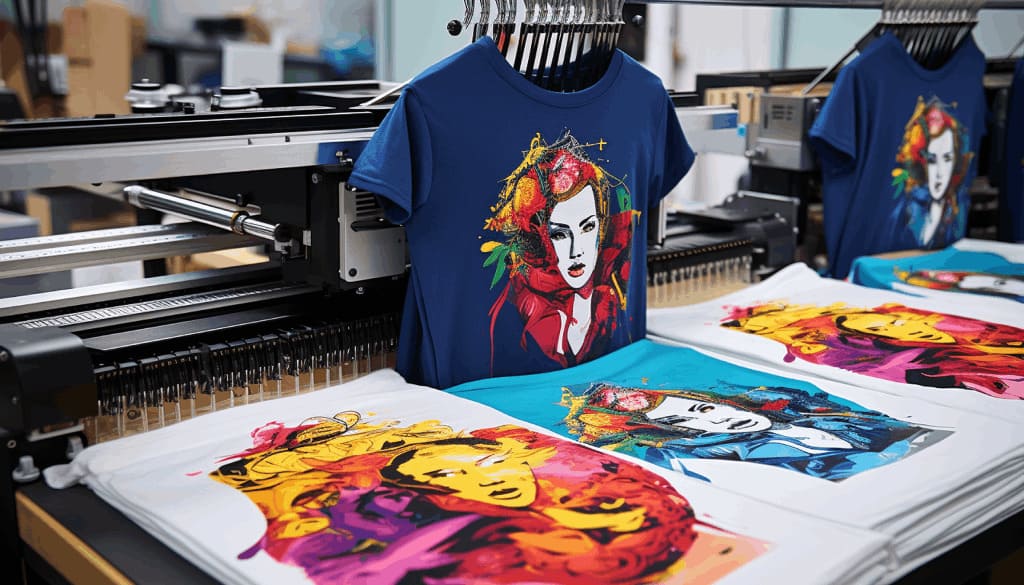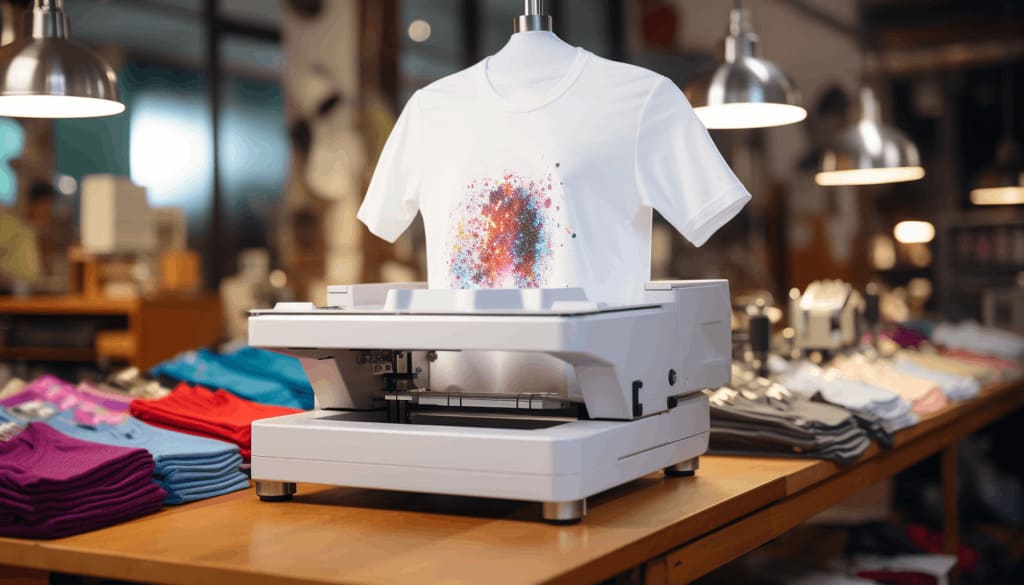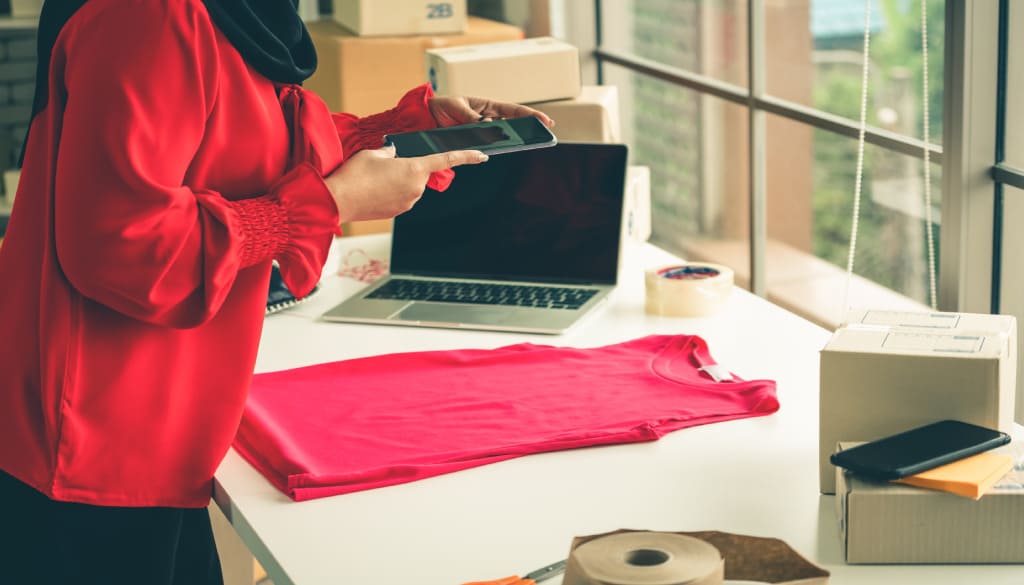International Dog Day (August 26th) is not only a time to celebrate our beloved four-legged friends, but also an unmissable business opportunity for POD sellers. With the mindset of “no expense spared” for their pets, consumers are always eager to buy unique, personalized items for their furry companions. Let’s explore some high-potential POD ideas to help you make the most of this International Dog Day season!
History and Significance for International Dog Day
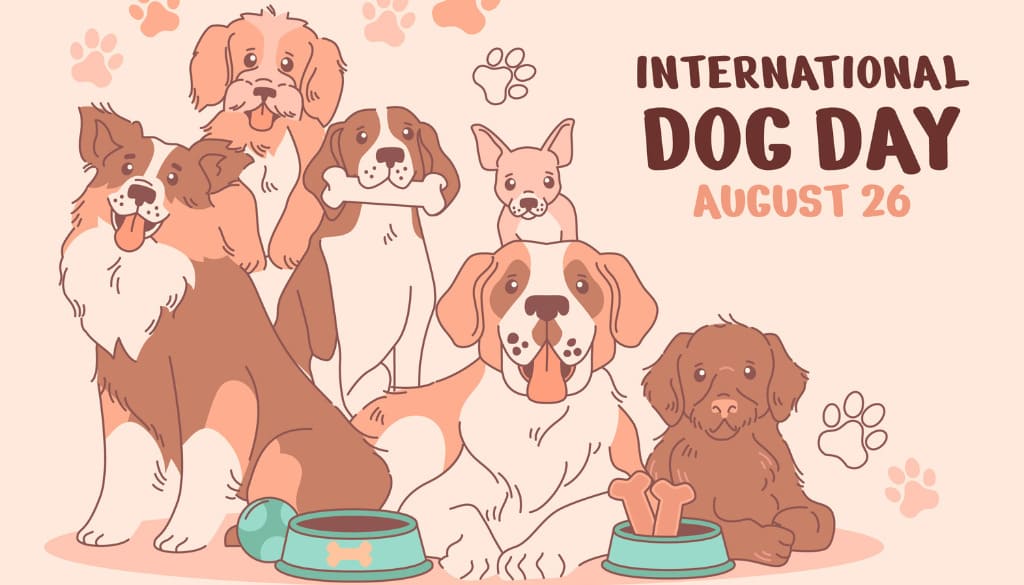
1. The Origins
International Dog Day was established in 2004 by Colleen Paige, an American pet and family lifestyle expert, author, and well-known animal welfare advocate. She chose August 26 because it was the day her family adopted their first dog, a Sheltie, when she was just 10 years old.
This occasion is far more than a personal celebration. Colleen created it with a greater mission in mind, one that has since gained recognition and spread globally.
Today, International Dog Day is increasingly celebrated around the world, especially in the U.S., Canada, the U.K., and Australia, all high-potential markets for the Print-on-Demand (POD) industry. It presents a unique opportunity to tap into the emotional bond between humans and their pets through meaningful and creative printed products.
2. The Deeper Meaning Behind August 26th
International Dog Day carries multiple layers of meaning, each offering endless inspiration for POD sellers:
- Honoring unconditional friendship: At its core, this day celebrates dogs, our loyal companions who bring joy, comfort, and unconditional love without judgment.
- Promoting adoption: One of Colleen Paige’s main goals was to encourage people to adopt dogs from shelters instead of buying them from breeders. The message “Adopt, Don’t Shop” has become the heart and soul of the day.
- Raising awareness about rescue needs: August 26th is also a time to spotlight the millions of dogs who are abandoned, lost, or waiting for a forever home in shelters around the world.
- Paying tribute to canine heroes: This day also honors dogs who work tirelessly to protect and serve humans, including police dogs, rescue dogs, guide dogs for the visually impaired, and therapy dogs.
By understanding these deeper meanings, you’ll no longer be limited to surface-level ideas like printing a cute dog image. Instead, you can tell richer stories and create products with greater emotional and spiritual value.
Why Is International Dog Day a Golden Opportunity for the POD Industry?
In the POD business model,, emotionally driven holidays hold tremendous potential. International Dog Day goes beyond gift-giving, it’s a heartfelt occasion to express love, share adorable photos of furry “bosses,” post tributes, and showcase personalized products made just for dogs.
Here are some reasons why International Dog Day is a “goldmine” for POD sellers:
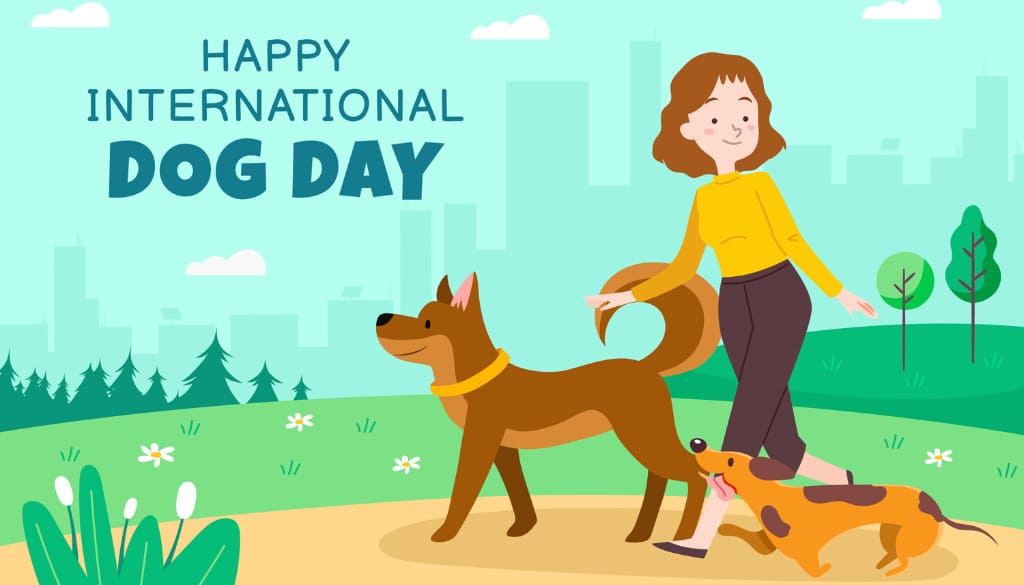
1. A Loyal and Expansive Customer Base
In the U.S. one of the largest POD markets, nearly 45% of households own at least one dog. Dog owners don’t just see their pets as companions; they treat them as true family members. This mindset drives strong spending behavior on all things dog-related, from clothing and accessories to home decor and custom keepsakes featuring their pets.
Personalized designs based on dog breeds, names, or real-life images are increasingly popular. More importantly, this customer group tends to be loyal and shop seasonally, giving sellers an opportunity to build a long-term customer base.
2. Strong Social Media Sharing Behavior
International Dog Day floods social media with heartwarming dog content. People love to share their stories, emotions, beautiful photos, or cute videos of their pets using popular hashtags like #InternationalDogDay, #DogMom, #DogDad, #DogLovers, and more.
This creates a perfect storm for personalized or humorous POD products, the kind that can go viral and attract attention easily. Just one eye-catching design featured in a few viral posts can help sellers reach thousands of potential buyers, without the need for a large advertising budget.
3. Gift-Giving and Self-Love Opportunity
Similar to holidays like Valentine’s Day or Father’s Day, Dog Day is a time when people tend to buy gifts, not just for their furry friends, but also for fellow dog lovers, or simply as a treat for themselves.
Emotionally driven items such as matching “owner–pet” t-shirts, tote bags with custom dog portraits, mugs with pet names, personalized canvas art, or cuddly pillows featuring a beloved dog’s face are all quick sellers.
This is a huge advantage of the POD model, where sellers can customize each product to meet individual needs, creating emotional value and a lasting connection with the customer.
Top POD Products That Make Both Pets and Owners Happy
International Dog Day isn’t just a time to show love for pets, it’s also a perfect opportunity for POD sellers to launch unique, highly sellable products. Among the most popular and well-received items are: T-shirts, hoodies, sweatshirts, and tote bags. These products are fashionable, offer ample space for creative designs, and are easy to personalize for each beloved dog.

1. T-Shirts
T-shirts remain a top-selling POD item due to their practicality, affordable cost, and versatile design space. For Dog Day, you can explore various themes such as:
- Pet Portraits: Print real photos of the dog, along with their name, breed, or a funny facial expression.
- Humorous Quotes: “Dog Hair, Don’t Care,” “I Work Hard So My Dog Can Have a Better Life,” “Proud Dog Mom,” etc.
- Matching Designs: Coordinated outfits for pet and owner or group tees for families with multiple dogs.
Sellers should offer personalization options, like names, photos, or adoption dates, to tap into emotional value and boost conversion rates. On platforms like Etsy, Amazon Handmade, or TikTok Shop, T-shirts featuring dog portraits in cartoon, pop-art, or minimalist styles are especially popular.
2. Hoodies & Sweatshirts
Since International Dog Day falls at the end of August, right as fall approaches in the U.S. and Europe, warm clothing like hoodies and sweatshirts have strong sales potential. This is when customers start preparing their fall/winter wardrobe, and personalized, pet-themed apparel adds both warmth and emotional connection.
Some trending design ideas include:
- Dog illustrations combined with artistic typography
- Parody logos (e.g., “Pawreme” instead of “Supreme”) featuring the pet’s name
- Custom prints with the dog’s name, birth year, or breed on the chest or back
Offering a wide size range and using thick, soft cotton fabrics will enhance comfort, increasing the likelihood of repeat purchases during the colder months.
3. Tote Bags
Tote bags are not only a practical fashion accessory, but also a perfect gift for dog moms and dog dads on this special day. With a large print area and easy design layout, POD tote bags can fully unleash your creativity:
- Dog illustrations in line art, chibi, or sketch style
- Heartwarming quotes: “Life is better with a dog,” “Dogs leave paw prints on our hearts”
- Breed-specific designs to create a “just-for-me” feeling for buyers
Customers can use these tote bags when walking their dogs, shopping, going out, or simply as a way to proudly show their identity as a dog lover. Eye-catching designs are often shared on social media, creating viral potential and boosting order volume.
How to Boost POD Sales for International Dog Day
International Dog Day (August 26) is a golden opportunity for POD sellers to drive revenue, thanks to the emotional appeal of pet appreciation and the growing trend of gifting beloved “bosses.” But to truly capitalize on this occasion, you’ll need a well-planned, creative, and market-savvy strategy. Here are five proven ways to increase your POD sales this Dog Day season:

1. Start Early – Plan From the Beginning of August
Don’t wait until the last minute to launch your products or run ads. Because International Dog Day is an emotion-driven holiday, customers tend to shop early to prepare gifts for their furry companions.
Ideally, you should:
- Prepare content in early August: design banners, create sample mockups, write product descriptions, and plan your marketing theme.
- Run ads in the first or second week of August: target dog lovers, previous pet product buyers, or Etsy/Amazon Handmade audiences.
- Optimize your logistics: ensure enough time for production and on-time delivery to avoid delays.
Launching early allows you to catch customers during their planning phase, when purchase intent is high.
2. Prioritize Personalized Products
International Dog Day is the perfect time for customers to order personalized items, such as t-shirts with their dog’s name, pet portraits, or custom accessories. This trend is hugely popular on platforms like Etsy, Shopify, and Amazon Handmade.
Tips for success:
- Provide editable templates: let customers select dog breeds, input names, and upload photos.
- Use live preview tools, if available, so buyers can visualize the product.
- Simplify the buying process, the faster and easier it is, the more likely they are to check out.
3. Leverage Social Media and UGC
User-generated content (UGC) is a powerful tool for going viral on social media. Encourage customers to share photos of themselves and their pets using your products with hashtags like #DogDay, #MyDogMyStyle,…
You can:
- Host a minigame or giveaway for customers who post their photos.
- Ask for unboxing or gift-reveal videos featuring their dogs.
- Repost high-engagement content to boost trust and visibility.
UGC not only promotes your products organically but also boosts conversion by showing real-life positive experiences to new potential buyers.
4. Create a “Dog Collection”
Instead of listing products individually, group all pet-themed items into a cohesive Dog Day collection, such as:
- Products for owners: t-shirts, hats, tote bags, mugs with their dog’s image.
- Emotional gifts: canvas prints, decorative pillows, name signs, and dog-themed home decor.
You can also offer combo deals, like “Buy 2, Get 10% Off” or matching owner–pet sets to drive upsells.
Create a dedicated landing page or a clear product album on your website or TikTok Shop to improve the shopping experience and increase conversion rates.
5. Run an Emotion-Driven Campaign
International Dog Day isn’t just a commercial holiday, it’s about compassion, love for pets, and raising awareness about animal welfare and rescue efforts.
Ideas to implement:
- Tell stories: share heartwarming tales about your own dog or stories from customers.
- Inspire others: use imagery and testimonials of adopted dogs whose lives have been transformed.
- Make a social commitment: donate a portion of each sale (e.g., $1 per order) to a dog rescue organization.
Emotionally driven campaigns help build a meaningful brand identity and foster stronger customer loyalty, a quality increasingly valued in today’s conscious consumer market.
International Dog Day (August 26) is more than just a passing event, it’s the peak of a global cultural trend: the growing love for pets and the belief that they are an inseparable part of our lives. With FlashShip’s flexible POD business model, you hold the most powerful tool to tap into this emotionally driven and high-potential market.
Start today. Research, design, and tell your own stories. Turn your love for four-legged friends into unique products, and a well-deserved stream of revenue. FlashShip will be by your side every step of the way.
Need product consultation or help creating an account? Contact us now via hotline: (+84) 943 024 337 or visit FlashShip.net for support!
See more articles:
